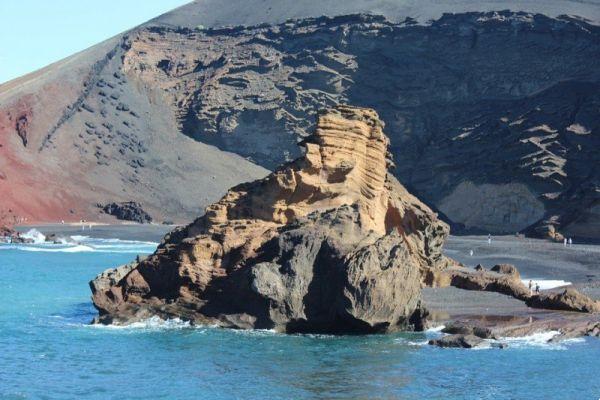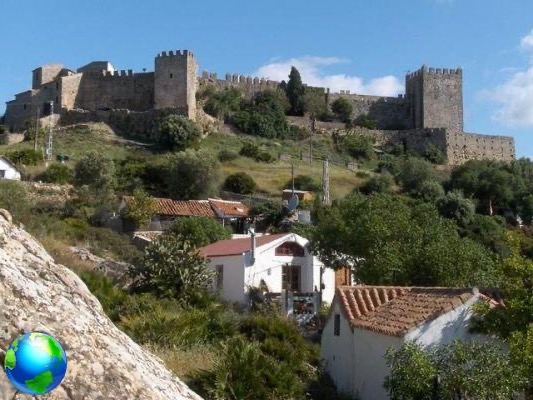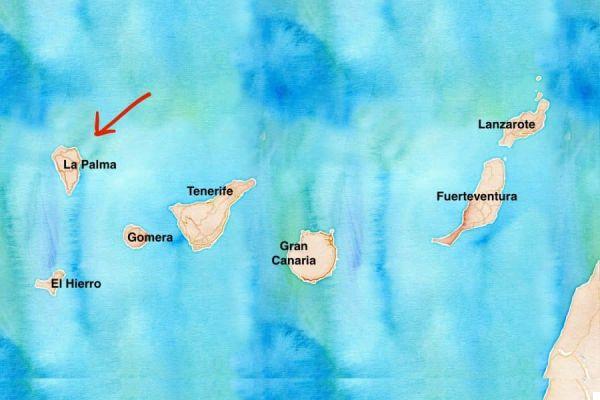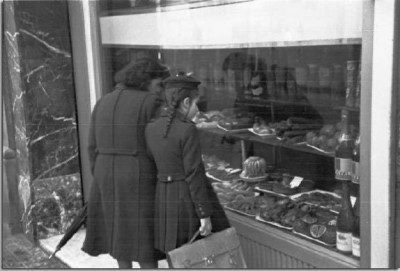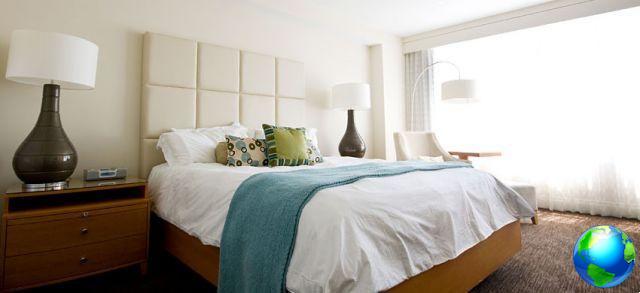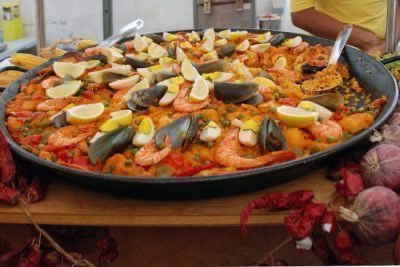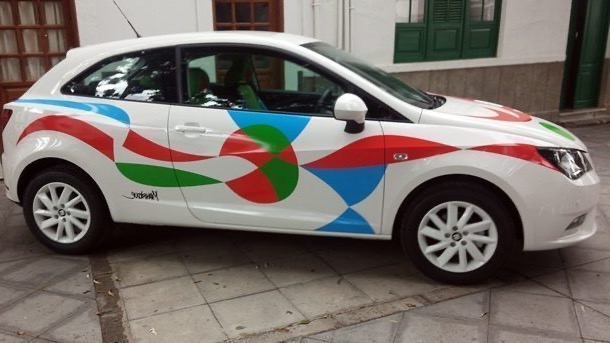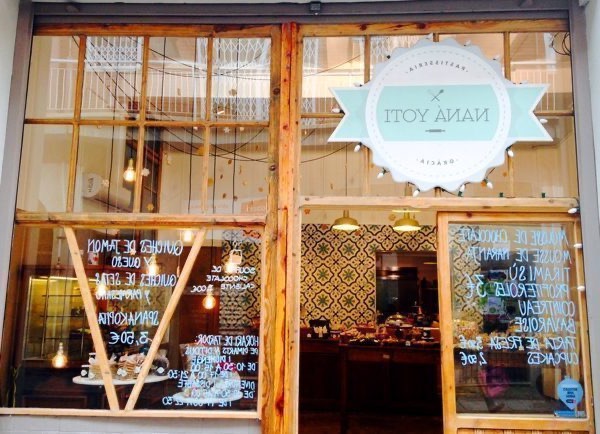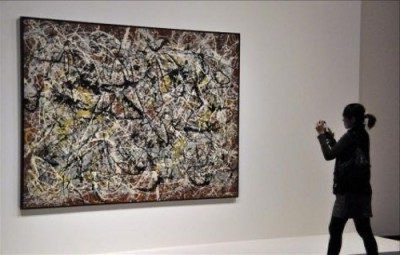



During your holiday in Andalucia, experience a full immersion in history and culture with a visit to Carmona, a charming town nestled in the sweet countryside in the province of Seville, a land of immense estates where small villages arise here and there.
The origins of Carmona are very distant in time: the Carthaginians already noticed the strategic importance of its position and they were responsible for some of the oldest buildings, the Romans were responsible for the urban layout of the city and each of the populations that followed left evident traces of their own culture.
Today Carmona is an enchanting city, with a particularly evocative mix of architectural styles, a number of breathtaking panoramic views and views and a hotel and culinary offer of the highest level.
What to see in Carmona
The historic center of Carmona stands on the top of a hill to the west of the modern part. The entrance to the old city is through the monumental Gate of Seville: built by the Carthaginians in the XNUMXth century BC and still perfectly preserved, it is the main gate of a system of walls and towers within which the historic center is enclosed.
Unfortunately, much of the walls have been destroyed over the centuries but other splendid doors have remained, namely the Cordoba gate from Roman times, one of the best viewpoints in the city, and Marchena Gate, located at the southern end of the historic center.
With a few euros you can visit theAlcazar of the Gate of Seville: observing the building you can easily identify the different stages of construction (Carthaginian, Roman, Islamic and Christian); if you can't, help yourself with the information brochures available at the entrance. On the other hand, no historical knowledge is needed to admire the beauty of the patio or the magnificent panorama.
To learn more about the fascinating history of the city and the succession of cultures that make it so fascinating, visit the Museo de la Ciudad, a city museum housed in an elegant palace built between the XNUMXth and XNUMXth centuries.
Rovine from Roman times
One of the main attractions of the city is the Roman Necropolis, which is located only one kilometer outside the center. It is a complex of about a dozen family tombs carved into the rock dating back to the XNUMXst-XNUMXnd century AD, some simple others divided into several rooms and richly decorated.
Along the walls you can see niches carved into the rock: in the past they were used to contain the urns that collected the ashes of the dead who had been cremated.
They are part of this complex the Seville Tomb, a mausoleum of a wealthy Hispanic-American family, and the elephant grave, so called due to the presence of a statue that represents this animal.
Upon exiting the necropolis, take a look at the opposite side of the road and you will notice what remains of a Roman amphitheater built in the XNUMXst century BC. The remains of another Roman theater can be seen in the patio of the Alcazar de la Puerta de Sevilla.
Churches and palaces of Carmona
The historic center of Carmona is full of particularly beautiful religious and civil buildings. Strolling through the center you will come across the typical Mudejar-style houses, built between the XNUMXth and XNUMXth centuries, and elegant buildings in the Renaissance and Baroque style. Among these the most beautiful are the palace of the ayuntamiento (town hall), the Palace of Wheels, House of the Marchese di Torres and Aguilar Palace.
The most interesting churches in Carmona are:
- Church of Santa Maria: perhaps the most beautiful, built on the remains of an ancient mosque in the typical Carmona style that combines brick and stone. You enter the church along the suggestive Patio de los Naranjos, where a calendar from the Visigothic era is preserved, carved in one of the pillars.
- San Pedro Church: splendid baroque decorations and a tower that imitates the famous Giralda of Seville
- Church of San Felipe: Renaissance facade and brick Mudejar tower
- Santiago Church: another church with a beautiful Mudejar tower
- Convent of the Barefoot: built in the XNUMXth century, it represents a fine example of the Seville Baroque style. It has a Latin cross plan, a tower with two bell towers and is decorated with the typical colored tiles.
Where sleeping in Carmona
Many tourists visit Carmona on a day trip from Seville, but we recommend that you stop for at least one night because the atmosphere is magical when the sun goes down.
Find a good one accommodation in Carmona it is quite easy: you can choose between simple family-run pensions, b & bs surrounded by greenery a few kilometers from the center or luxurious hotels housed in historic buildings.
Carmona Parador
For a stay of a thousand and one nights, treat yourself to the most beautiful hotel in Carmona: the splendid Carmona Parador is a luxury hotel housed within theAlcazar del Rey Don Pedro, a Moorish fortress from the XNUMXth century.
This historic home is an enchanting example of Moorish architecture and features a manicured garden with a Mudejar fountain and an outdoor swimming pool overlooking the surrounding countryside. The rooms are decorated with tapestries, colorful tiles and period furniture.
The price isn't cheap, but it's affordable luxury and you certainly won't regret the money spent on such a marvel.
How to reach Carmona
Getting to Carmona by car it's really simple because the city is located along the A4, the highway that connects Madrid to Seville.
The closest international airport is Seville, connected by low cost flights. From the airport you can reach Carmona by rental car in just 20 minutes.
Carmona is connected to Seville by bus direct, with very frequent runs. It is possible to reach other places in Andalusia such as Córdoba and Écija by bus, but in this case it is good to inquire about the timetables in advance as the buses are less frequent. It does not exist instead railway station.






